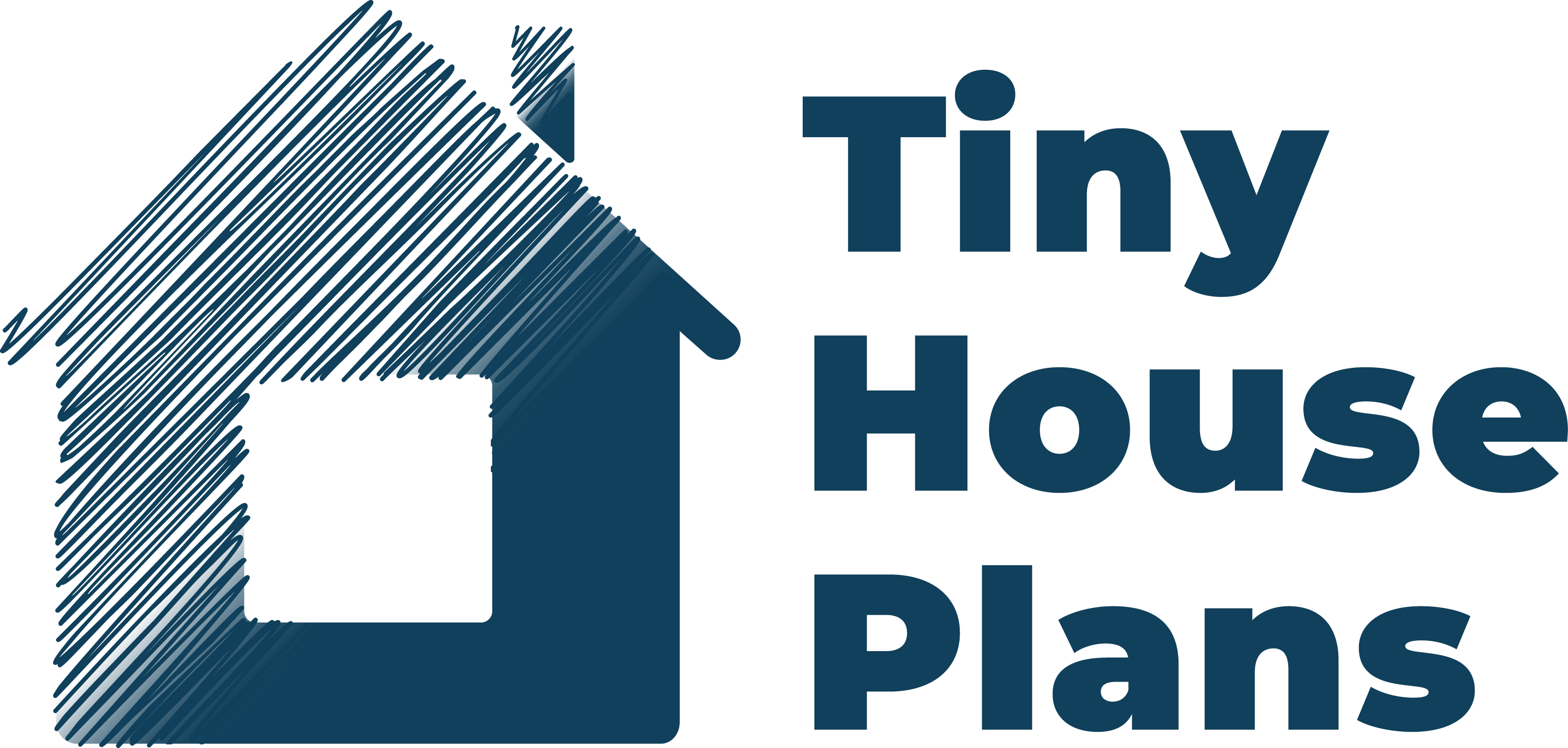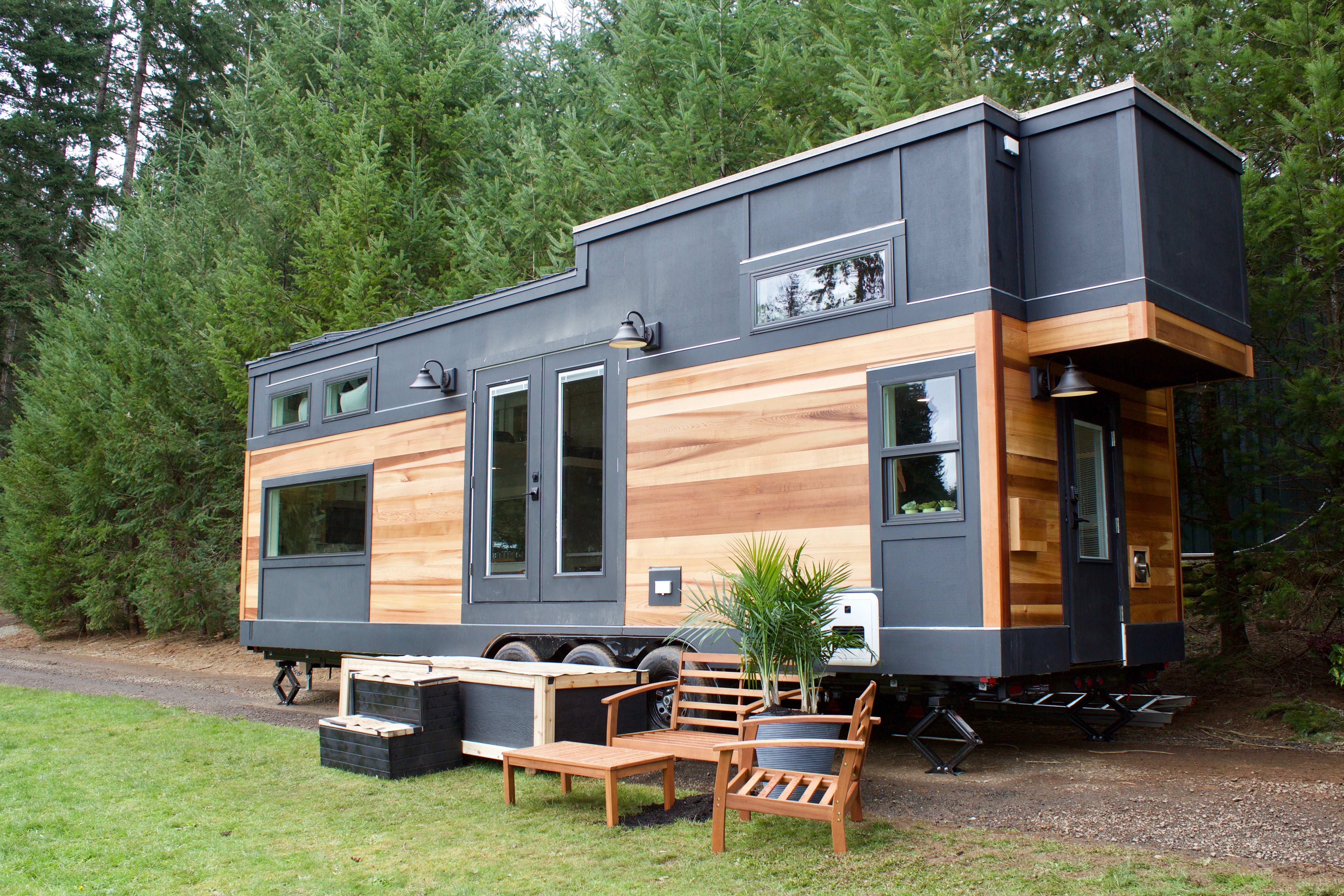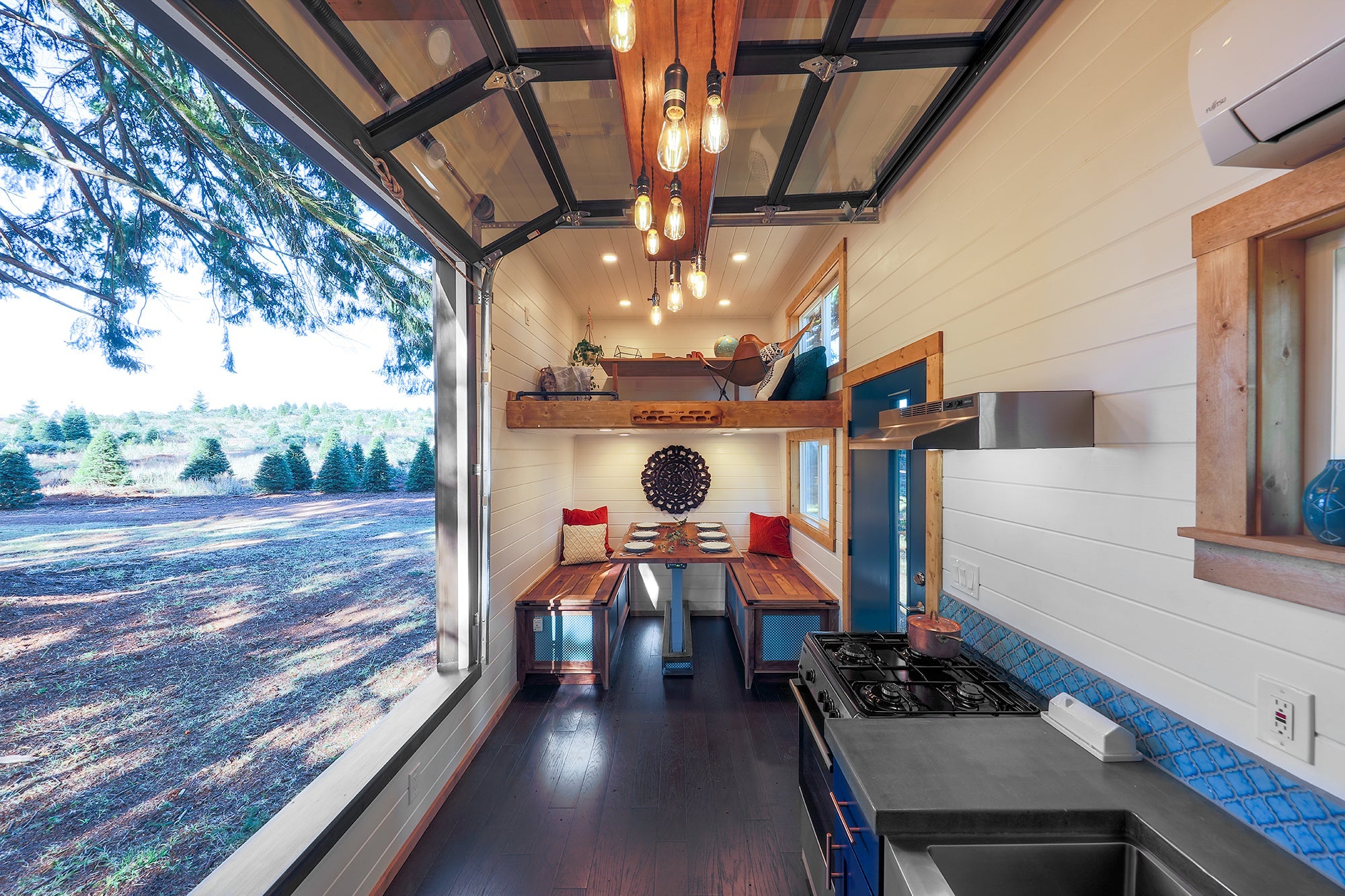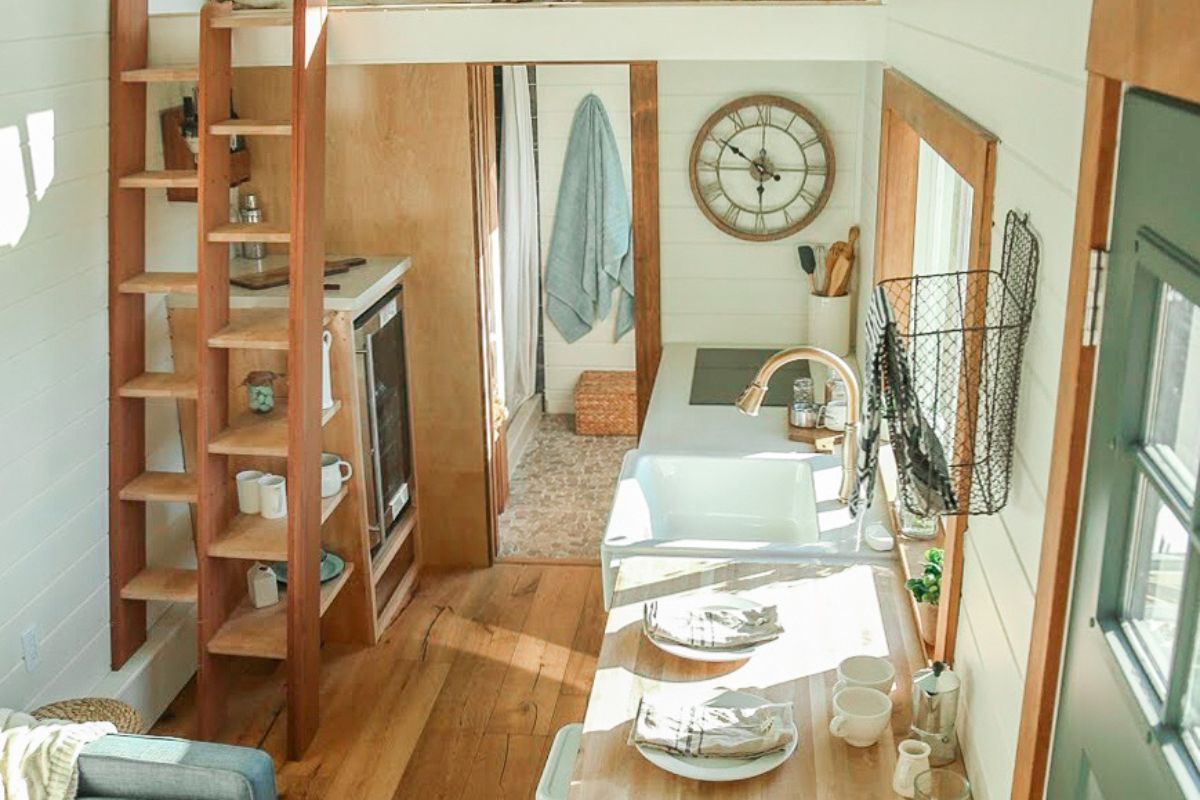Applying for a loan to purchase a tiny home presents unique challenges and rewards. Unlike traditional mortgages, tiny home financing requires a distinct approach, namely due to their non-conventional nature.
Many first-time buyers feel overwhelmed with the application process when navigating the intricacies of different loan types and lenders. To support you through the journey, understanding the essentials of securing a loan successfully for your tiny home can pave the way for making informed decisions.
Understanding Tiny Home Financing
Before plunging into the application process, it’s key to understand the specific financing options available for tiny homes. Standard mortgage options might not always apply, so exploring specialty lenders or alternative financing solutions can be advantageous. Common options include personal loans, RV loans, and even construction loans, depending on the circumstances surrounding your tiny home’s purchase or build.
Personal loans often come with higher interest rates but offer flexibility, making them suitable for some buyers looking to avoid lengthy processes. RV loans are tailored for mobile tiny homes, ideal for those living on wheels. Construction loans may apply when purchasing land for building on-site.
Each of these pathways has its own set of requirements and eligibility criteria. To begin your financing journey, it’s best to gather critical documents and develop a clear budget reflecting your financial goals. This information will help you gauge how much you can afford, allowing for a smoother application process.

Working with Loan Brokers
Engaging a loan broker can be beneficial for first-time tiny home buyers. A broker has a wealth of knowledge and connections that can simplify your search for financing. They can help you find lenders who specialize in tiny home financing options, ensuring you align with a lender familiar with unique loan structures. Whether you work with a home loan broker in South Brisbane, Sydney, or anywhere else, establishing a relationship with locals can ease the stress of comparing different loan products. Brokers typically offer insights into interest rates, terms, and lender timelines that are invaluable during your search.
They can assist with gathering the necessary documentation and guiding you through the application process. Having an informed ally in the mortgage process can lead to finding the best possible rates and terms suited for your financial situation, ultimately increasing your confidence as a buyer.
Preparing Your Finances
Prior to applying for a loan, preparing your finances is key. Assessing your credit score is a good starting point, as this number heavily influences your eligibility for loans and the rates provided. Generally, a score above 700 enhances your chances of qualifying for favorable lending terms. Next, gather necessary financial documents, including proof of income, tax returns, and bank statements. These will demonstrate your financial stability to lenders.

With a comprehensive overview of your finances, you'll have a better understanding of how much you can borrow and what sort of monthly payments are feasible. Lastly, drafting a budget specific to your tiny home purchase will give clarity on your needs. Incorporate all costs, such as land expenses, utilities, insurance, and maintenance, into your financial plan to ensure nothing is overlooked.
Choosing the Right Lender
Choosing the right lender is one of the most significant aspects of the loan application process. Research lenders that have a solid reputation in tiny home financing, and don’t hesitate to reach out for clarifications on their loan offerings. Reading reviews and seeking recommendations can provide insights into the experiences of previous clients. Take into account lenders that are transparent about fees and terms.
Understanding the total cost of borrowing is vital, including the interest rate and any additional fees that could accumulate throughout the life of the loan. This knowledge can greatly influence your financial commitment. Establish a list of top contenders and engage with them to ask questions. It’s vital to feel comfortable with the lender and trust their advice, as you will rely on their guidance throughout the entire process.
Navigating the Loan Application Process
Once you've prepared your finances and settled on a lender, the next phase is navigating the loan application process. This involves submitting required documentation and understanding what to expect during the review period.
Lenders will assess your credit risk by evaluating your credit score, income verification, and debt-to-income ratio. Most lenders will conduct a formal appraisal to ensure the home's value justifies the loan amount requested.
Knowing this helps set expectations, as the appraisal could significantly impact your prospects. A positive outcome might afford you broader financing options, while a low valuation might necessitate renegotiations. Maintain regular communication with your lender throughout this phase. Timely follow-ups on any inquiries made by them can expedite the process.
Closing on Your First Tiny Home
After successful navigation of the application process and acceptance of the loan offer, the final stage is closing. This is when you finalize the purchase and put pen to paper. Be prepared for additional paperwork, including the loan agreement and other legal documents. A thorough read of your loan agreement is key.
Ensure all terms align with what you discussed before closing. Should any discrepancies arise, addressing these before signing is imperative to avoid complications later. Once signed, you will usually receive the keys to your new tiny home upon completion of the closing process. The experience can be both exciting and stressful; staying organized throughout can help ease any anxiety.
It’s wise to review your homeowner’s insurance policy to confirm it provides adequate coverage for your new property. Scheduling a final walkthrough before closing ensures that the home is in the expected condition and that any agreed-upon repairs have been completed.
Having a checklist of items to verify, such as utility connections and appliance functionality, can prevent surprises after moving in. Set aside funds for immediate post-closing expenses, like minor upgrades or furnishings tailored to small spaces.

Post-Purchase
Entering the phase of owning your tiny home comes with its own set of responsibilities. Post-purchase, you should think about setting up a budget for ongoing expenses such as property taxes, maintenance, and insurance. Planning for these costs will help maintain financial stability and ensure a seamless transition into tiny living. Staying informed about your mortgage situation and making timely payments will safeguard your credit standing.
Setting a specific date each month for your mortgage payment can streamline things, while automation could further simplify the process. Finally, cultivating a relationship with other tiny home enthusiasts, whether through forums or local community events, can be rewarding. This network can provide immense support and knowledge-sharing, enhancing your tiny home journey.
By understanding the loan application process and utilizing available resources, first-time tiny home buyers can approach financing with confidence.






Share: